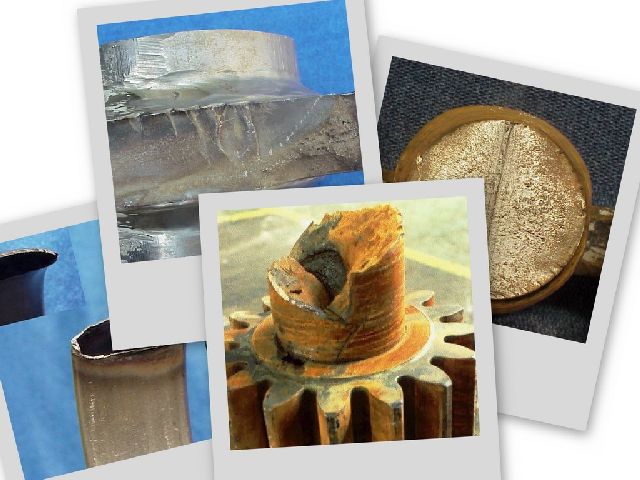Fractography
Fractography is the interpretation of
features observed on fracture surfaces and, although it is simple in many cases,
it can prove to be fairly difficult in practice. This is particularly the case
on high strength quenched and tempered steels, or in alloys (such as cast irons
and pearlitic steels) where the microstructure affects the crack path.
In general terms, there are three basic crack growth mechanisms possible in fast
fracture - intergranular along grain boundaries (or interdendritic fracture),
brittle fracture via cleavage along crystallographic planes (or through pearlite
lamellae), and transgranular ductile fracture via microvoid coalescence.
Fatigue, by definition, involves ductile fracture, which is usually
transgranular (through the grains), although intergranular fatigue is possible
under certain special circumstances. Although it may prove difficult to
fractographically distinguish between fast fracture, fatigue or stress corrosion
cracking under certain circumstances, overall consideration of the facts and
circumstances of a particular case usually allow correct interpretations of the
evidence.
|

|
|



